“Agriculture is not just an occupation, it is a life-saving act and real contribution towards wealth, good morals and happiness of the community.”
Farming has contributed to the foundation of humankind since ages, and this has led to the evolution and development of human civilisation. Human beings are highly dependent on farming activities for food supplies. This serves as a major reason why agriculture is the highest pursued occupation throughout the world and holds the potential of serving the world with the majority of food supplies. It also supplies other major industries with its raw materials. With the majority of its contribution in generating a livelihood as well as economic development of the country, farming is considered a life-saving act for humanity.
During the 19th century, industrialization affected several nations, which resulted in the migration of a large number of the population towards metropolitan areas. This phenomenon led to an increase in the demand for better infrastructural facilities and development. The thought of urbanisation emerged with the changing morphology of city structure and the communities residing in it. That helped people from various communities to migrate towards the urban core of the cities and uplift their living standards to earn better livelihoods.
Later in the 20th century, the accelerating growth resulted in the urban core having congestion with densified per square kilometre area in the metropolitan regions of the cities. Along with that, every growing city needed to ensure the safety in housing, public infrastructure, population control and food security. At the same time, the changing climatic conditions were also a huge point of concern.
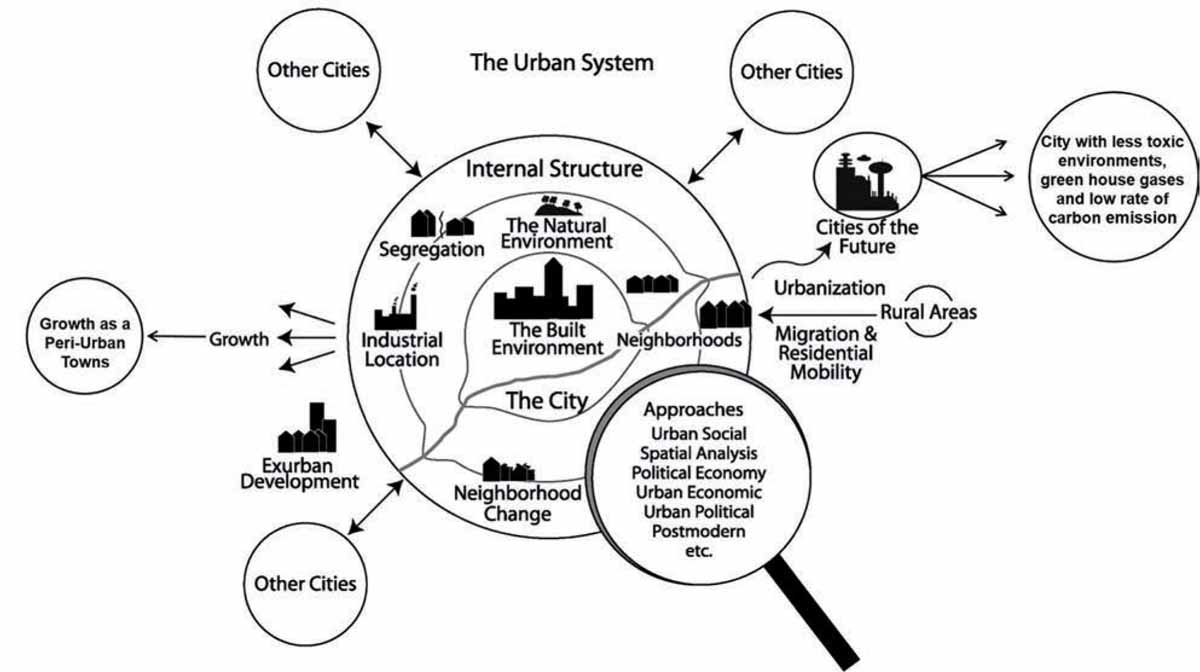
Scientific research shows that climate changes in growing cities are largely linked with the ongoing process of urbanisation in their various regions. In today’s world, more than 50% of the world’s population lives in or around the urban core of the city and, by 2050, this ratio is expected to reach around 70%. Urban areas produce more than half of the energy production worldwide, as well as 70% of the greenhouse gases (GHGs). This leads to a high amount of carbon emissions and these figures are expected to rise in the future. Increase in pollution gives rise to city-level issues like poor waste management, delays in economic developments and a constant rise in city temperatures. It gives rise to the situation of a toxic environment and polluted breathable air in cities like Delhi, Mumbai, Los Angeles and Beijing. The majority of these issues are located inside the growing cities of developing nations due to poor management at the city level.
However, these cities are capable of taking scalable actions against the constantly rising phenomena by contributing towards global-level climate change policies and making local-level policy changes. In this context, policies related to urban agriculture and peri-urban forest developments offer a solution to these challenging situations and help to make climate-resilient cities for the future.
This essay will focus upon various aspects through which the tools of landscape and urban agriculture can contribute towards the communities and city level engagements. The various claims will be validated through some case studies from around the world. Therefore, multiplications of similar initiatives and start-ups can describe their importance.
It is imperative to understand the factors that generate possible impacts on the functioning of sustainable living inside a city. On a similar front, to understand how our tools can generate major impacts on some of the environmental constraints. Therefore, it can turn out to be helpful for the future to build climate-resilient cities. The following are some of the important aspects to consider:
i. Various scales of microclimate inside the urban fabric
ii. Conservation of urban soils and layers
iii. Waste and nutrient recycling
iv. Wastewater management
v. Increase in biodiversity
vi. Global warming and atmospheric pollution
vii. Environmental awareness etc.
To examine the above-mentioned parameters, three case studies have been undertaken. The following are various urban agriculture initiatives or projects that have been implemented by several developed cities as a part of the mandatory policy implementation, or as an initiative to heal toxicity. These case studies can serve as a module for the future to tackle many of the issues related to climate change and pollution.
1. Growing Power, Chicago, USA
Founder: Will Allen
Establishment Year: 1993
Farming Activities: Hydroponic, Aquaponic, Vertical Gardening, Greenhouse farming
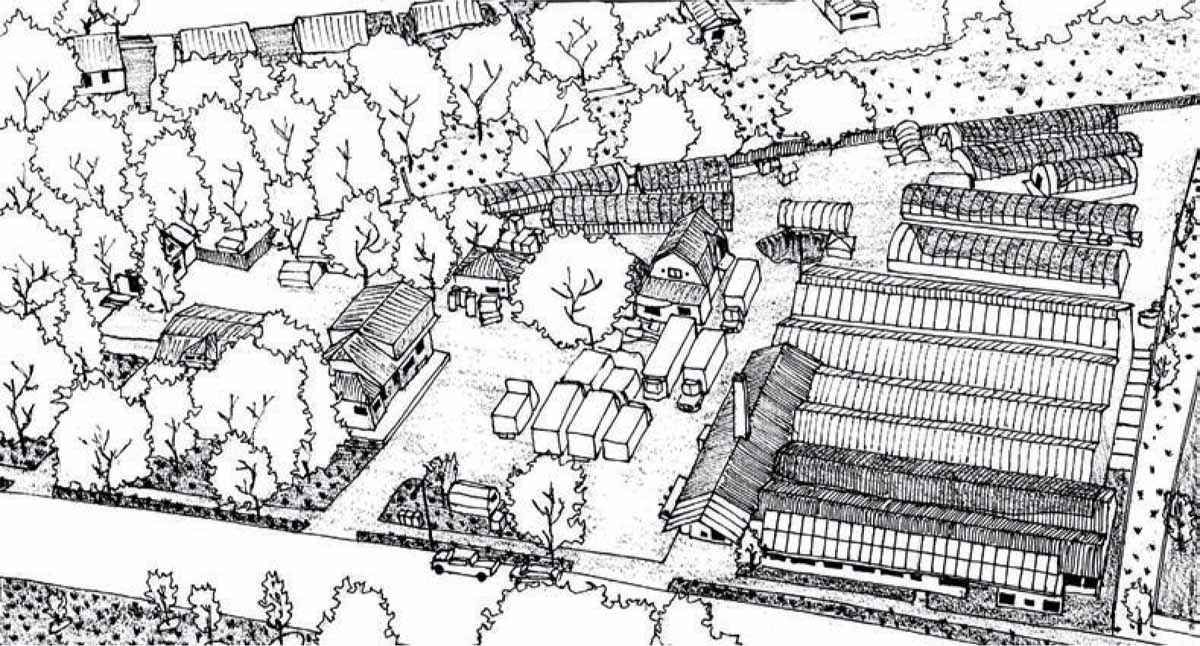
Growing Power represents the revolutionary idea that focuses on ‘Grow your food’. It is an organisation that works with various types of farming technologies and typologies to fulfil the food demand in the urban areas of the city. Along with that, through various public forums, they also teach the importance of growing food in the urban areas and impart formal education to the upcoming farming generations.
To maximise productivity and grow the idea of urban farming, they have initiated and designed the module for the urban cores that represent the method of vertical farming. A sustainable environment is generated by using wastewater for farming and recycling solid waste through the usage of natural energy resources. The module helps to decrease the usage of carbon and thus maximise the usage of the recycled water with natural energy resources again in the daily run to increase the farming output.
Growing Power: Larger Outcomes
Talking about project breakthroughs, we can say that the large amount of on-ground green covers can contribute towards rejuvenating the lungs of the city i.e. the open spaces. This creates pleasant microclimatic conditions inside the neighbourhood environments with air that is breathable and less toxic.
Further, if we look at the impact at the community level then it has an important scenario to consider, it creates environmental awareness by establishing the importance of urban farming inside the urban fabric through utilising their solid waste and wastewater. It helps to create sustainable modules.
All this helps at the larger level to spread awareness regarding the maintenance of sustainable modules and its importance behind the conservation of the environment. Along with that, through their new concept of vertical farming, or farms along with the building functions, it promotes the implementation of a self-sustainable cycle, where one can stay and grow food for oneself rather than go to the market.
2. R-Urban, Colombes, France
Founder: Atelier Architecture Autogérée (NGO)
Establishment Year: 2008
Farming Activities: Organic Farming, Composed farming, Greenhouse farming
R-Urban was founded as a non-profit organisation to fight the challenges of global warming, increase in pollution and lack of natural resources in the urban areas of European cities. It is a collaborative shed, where people from urban areas and various communities collaborate with a cause to establish a more resilient lifecycle for their cities. It is an experiment-based approach, where innovative methods in the field of farming are implemented on various scales and their outputs are tested to check their contributions towards healing the environmental conditions in urban areas.
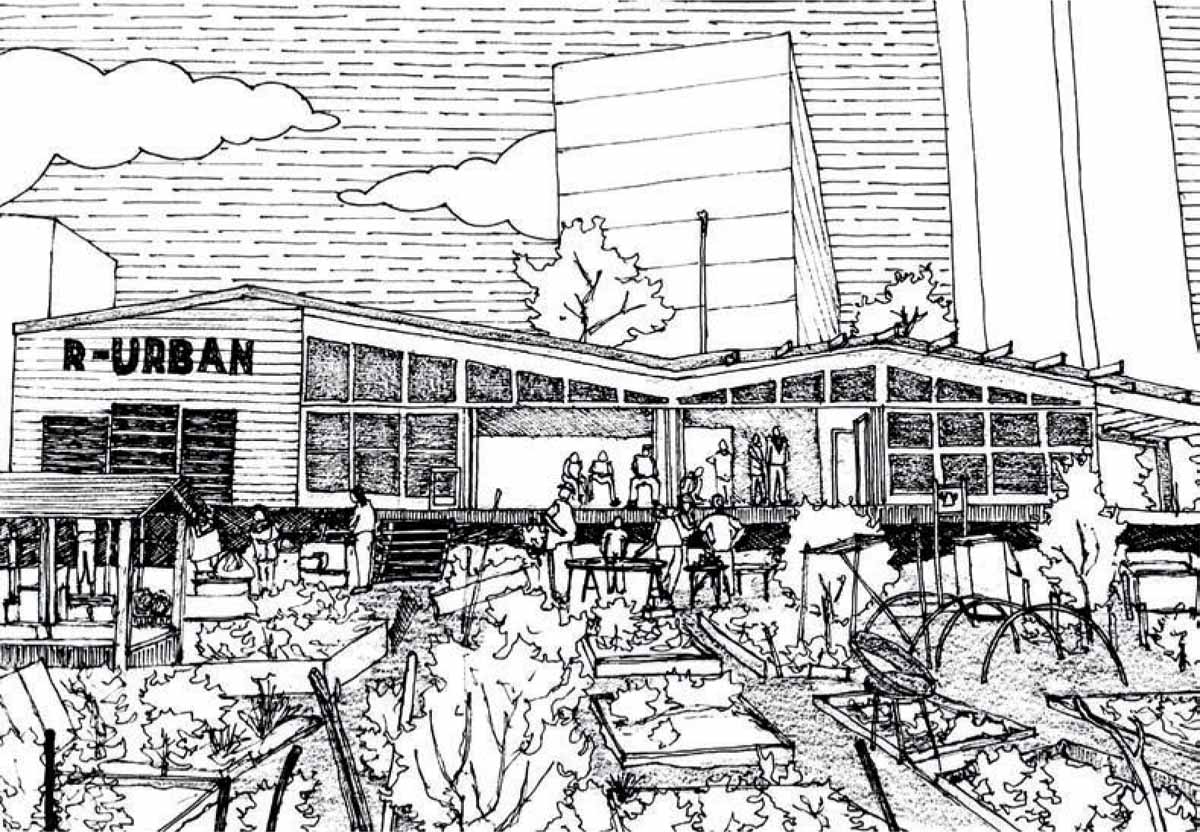
The start-up largely deals with different ways of creating sustainable lifecycles for the neighbourhood having various activities that include citizens. They have adopted a 4R strategy for agriculture: reuse, rethink, repair and recycle. They mark the unused urban open spaces and try to develop a campus that can help create sustainable neighbourhoods. In the campus, they harvest organic vegetables and herbs, which are sufficient for the surrounding area. The aim is to create an urban food supply for the city. Along with that, they have a small construction area in which they run several awareness campaigns and classes through which citizens and practitioners can come together and learn about the various processes of practising urban agriculture and ways to make life more sustainable.
The project is spread across 1400 m2 and in between the urban fabric of the city. It consists of two major types: one is vegetable gardens and the other is with the recycled wood close envelops.
That caters to all the necessities of the institute i.e. admin and storage areas. The area of 1400 m2 includes the various vegetable gardens, compost sections, greenhouses, organic food cafe and kitchen space and teaching spaces in which the open spaces are utilised to host vegetable markets for the neighbourhood.
R-Urban: Larger Outcomes
In this case, the larger picture is concentrated around the adoption of the 4R policy by the organisation the impact of that policy. Due to that, they are able to utilise the solid waste along with the surrounding used water for the application in the farming process, and it also holds the potential of recycling. This generates the opportunity of managing the waste inside the city. Similarly, the large piece of land covered with the nutrient soil and green cover helps to balance the ratio of carbon footprint and generate the ecologically sound microclimatic conditions around the neighbourhood areas of Colombes.
The project also includes different types of farming, compost manure and biodiversities to increase the soil’s capacity for reuse thus improving its fertility. This generates various scales of biodiversities right from insects to other dierent species in the garden. All of these contribute to generate breathable air for the surrounding neighbourhoods.
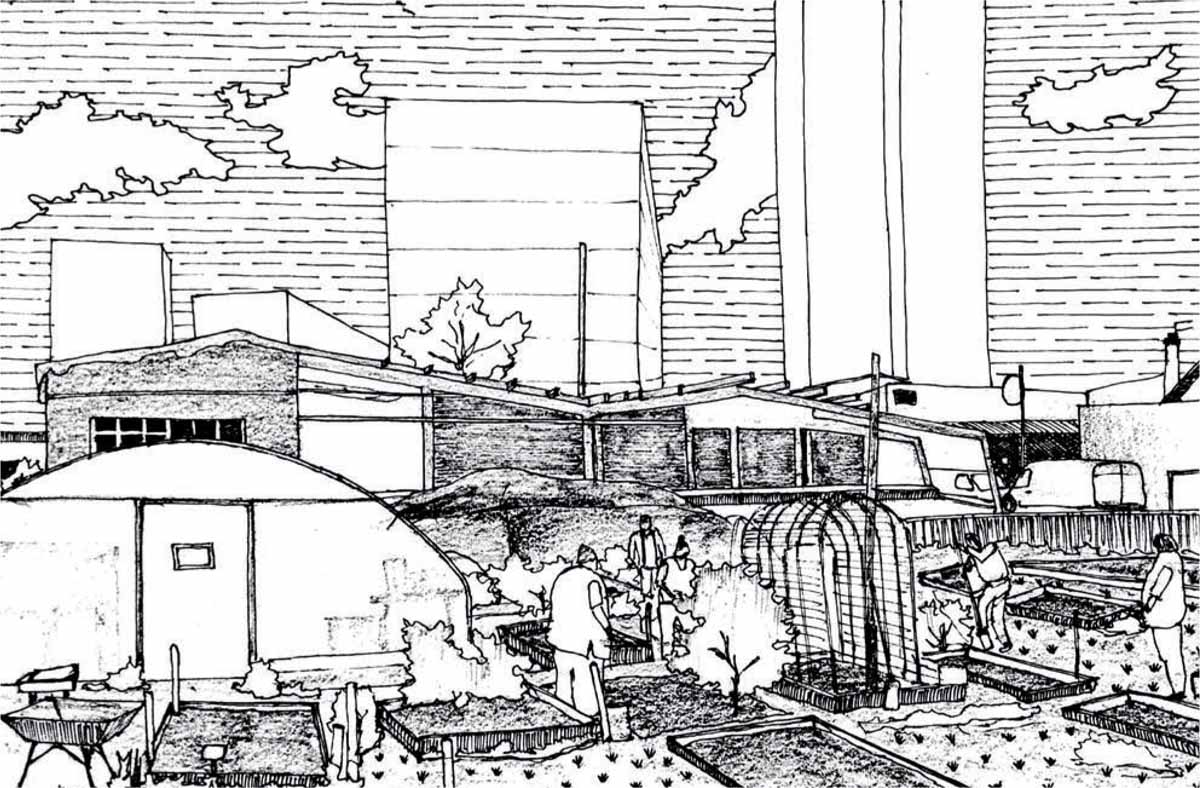
3. Farmizen, Bengaluru, India
Founder: Geetanjali Rajamani
Establishment Year: 2017
Farming Activities: Practicing chemical-free organic farming
Farmizen focuses on the collaborative and participatory process with the community. It deals with farming activities in urban and peri-urban areas of Bengaluru, Surat and Hyderabad. It was established to provide direct access to citizens with chemical-free fresh vegetables and herbs. Plus, communities living in urban areas can stay connected with farming in the city. It is a real-time Farmville. The process involves citizens at the various levels, in which the land of 600 sq. feet is distributed to each subscriber, or any person who is willing to contribute and grow their own food. The interesting part of the process is that as per the location of each urban dweller, the farm is allocated in their nearby area within the city’s urban or semi-urban fabric. Then it is up to the dwellers to grow vegetables or herbs without using any chemical agents. Further, along with the periodical visits, the farm will be completely taken care of by the local farm workers and farmers. This helps to increase the awareness amongst the urban dwellers about the importance of farming and a sustainable life.
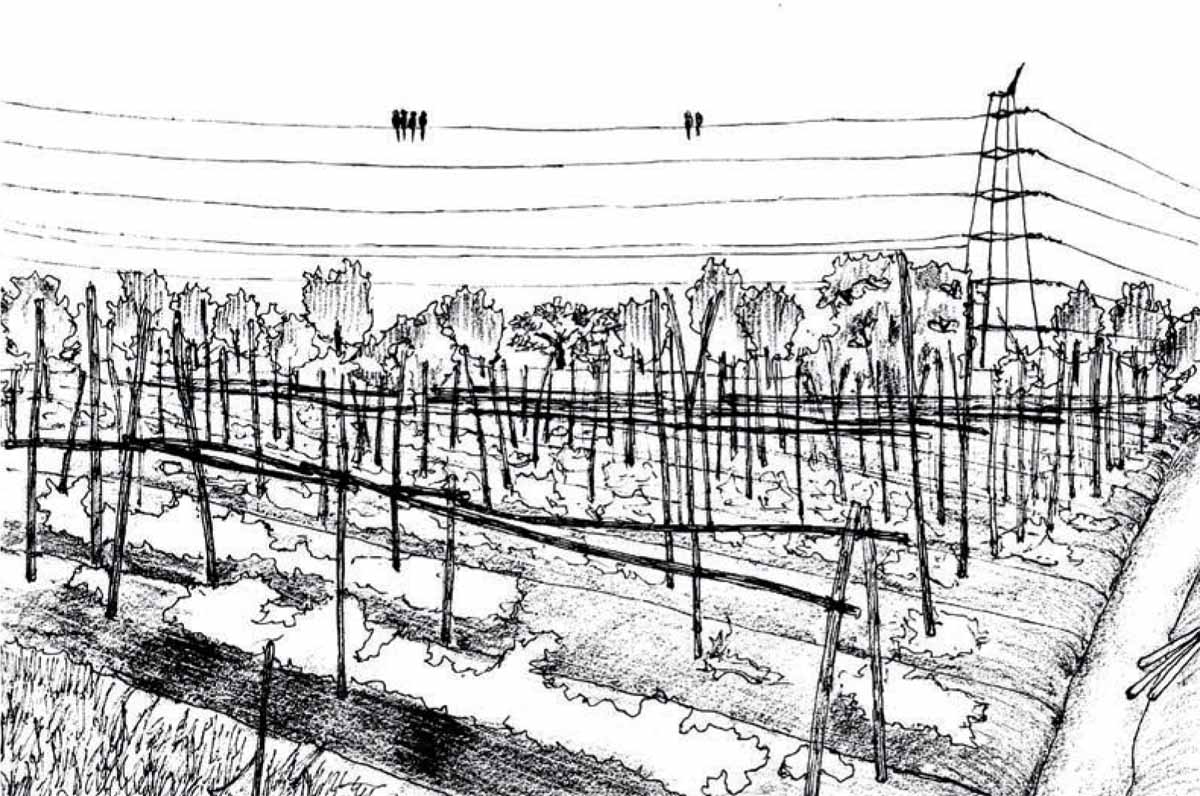
Farmizen: Larger Outcomes
This unique initiative establishes a broader perspective in such a way that it not only educates the urban dwellers about farming, but also brings in awareness about the positive outcomes of urban agriculture. It possesses the major potential of implementation at the various scales. These farms are located around the entire city, which indicates the increase in lush green open spaces with multiple and healthy micro-climatic conditions at various levels and surrounded by different neighbourhoods. These all contribute to the process of healing climatic conditions inside the city of Bengaluru. It also creates strong organic food production and supply chains inside the urban cores of the city fulfilling the pioneer principle of establishing a sustainable lifestyle. It generates the multiple cycles of sustainable living and, at the end, everyone participates in making cities climate-resilient.

Bottom: A montage representing activities related to farming and its designated importance in urban contexts reflects the healthier and sustainable lifestyle of the cities
Towards Climate Resilient Cities
It is evident that agriculture can serve as one of the most convenient ways of making cities self-sustainable.
In all the presented cases, there are variations of the neighbourhood having different climatic conditions and having a diverse urban fabric. Through this process, we can observe that each project has the potential of contributing towards healing the various issues that are increasing day by day due to urbanisation. These projects at various scales indicate how the provision of urban agriculture can become an important asset or the element of modern-day city design and planning strategies.
After analysis, it can be observed how urban farming can enhance or contribute to various climatic constraints that can heal the toxic nature of the city. All three case studies are of three different levels i.e. building level, neighbourhood level and city level, each having its own level of contribution. As a way towards the future, these three types – or even other variations – can be implemented in multiples as well. They will generate pockets of healthy microclimates and, at the end, these small pockets contribute towards making a better macroclimate of the city that is healthier and breathable. Along with that, the implementation of such initiatives can make the community and the city self-sustainable and climate-resilient for future generations.
References
•The Veolia Institute. (2019), Facts Report: Urban Agriculture another way to feed Cities, (04-40), (Reviewed by Mathilde Martin- Moreau, Larraine de Jerphanion, David Menasce.
•Deelstra Tjeerd, Girardet Herbert. (2000), Urban Agriculture and Sustainable Cities (43-65.)
•Awasthi Pranati. (2013) Urban Agriculture in India and Its Challenges. International Journal of Environmental Science: Development and Monitoring (48-51) (ISSN NO. 2231-1289)
•Resource centres on Urban Agriculture and Food Security” (Online) https:// www.ruaf.org/node/512 (Accessed on 05.04.2020)

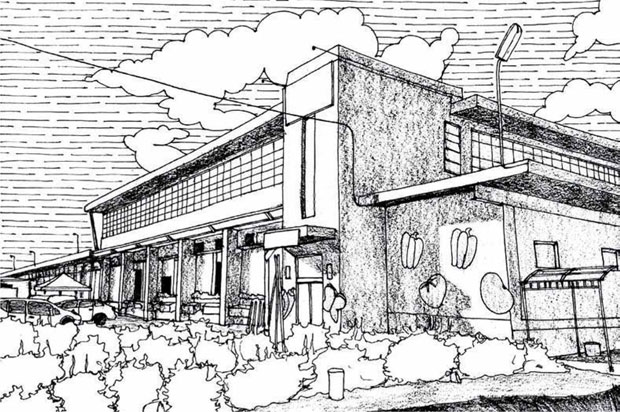

Comments (0)